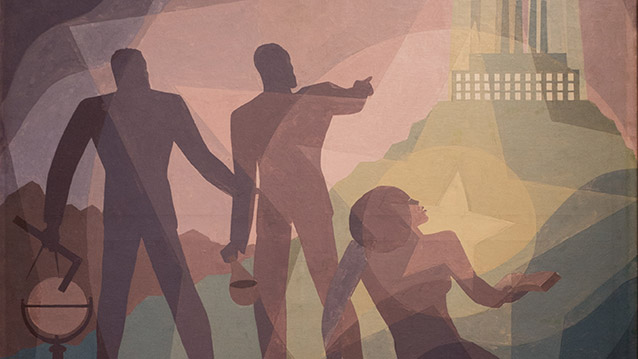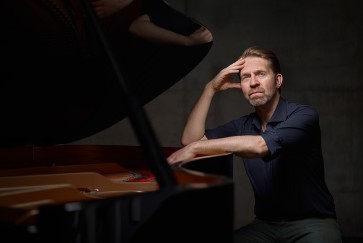“One of the things we talk about a lot in the Black Arts Initiative is how artistic disciplines talk to each other,” E. Patrick Johnson says. “Coming together to talk about an idea, with all these different vantage points represented, is what makes the initiative really interesting.”
According to Johnson, the Carlos Montezuma Professor of Performance Studies, chair of the African American Studies Department, and founder and director of the Black Arts Initiative, creating an understanding of the black arts here on campus honors its past and celebrates its potential.
Black arts have always played an integral part in the politics of this country.”
“Black arts have always played an integral part in the politics of this country,” Johnson says. “Just look at the Harlem Renaissance, the civil rights movement, 90’s hip-hop. And today there is so much work coming out of Black Lives Matter. Spoken word, music and visual arts are all powerful tools.”
With BAI, Johnson and his colleagues bring together groups and individuals working across the African American arts — literature, dance, film and more — to collaborate on intellectual projects, civic engagement and creating art.
“It has been wonderful to see the creative ideas that arise as a result of BAI,” Johnson says. “Artists learn from each other.”
Johnson is quick to note that BAI goes far beyond talking about art, although sharing creative work and research is a key component of the initiative. With its “Black Arts in the City” series, BAI celebrates Chicago’s black art scene, traveling as a group to see plays, exhibits and concerts. The Block Museum hosts a quarterly film screening and discussion focused on race issues, and BAI regularly brings in outside faculty for a lecture series.
The first BAI conference — Black Arts Chicago Moves and Movements — was particularly inspiring for Johnson because it brought together multiple generations to describe their experiences creating art in various political and social contexts throughout Chicago’s history. The younger artists shared how previous work impacted their own work, and the older generations were moved by the acknowledgements of their contributions.
“I didn’t realize the wealth of black artistic companies that were started here in Chicago,” he says. “Some of the people in their 70s and 80s were just weeping at the conference. The work they had grown up with was being talked about and celebrated. It was a really powerful moment.”
The conference focused on Chicago was the first of three planned by BAI. The final conference in the trilogy, Black Arts International: Temporalities and Territories, will take place in October and host artists from the African Diaspora from around the world.
Just as black arts have changed and responded to the political and social climate over time, BAI has also grown in scope and capacity since its creation. But Johnson, who recently received an inaugural Provost Award for Faculty Excellence in Diversity and Equity, says the mission of BAI remains the same.
“The BAI is a place to corral all sorts of artistic work and energy and speak to what’s going on today,” Johnson says. “We want to pay tribute to the past, and also understand how this next generation of artists and scholars is using art in a very profound way.”


